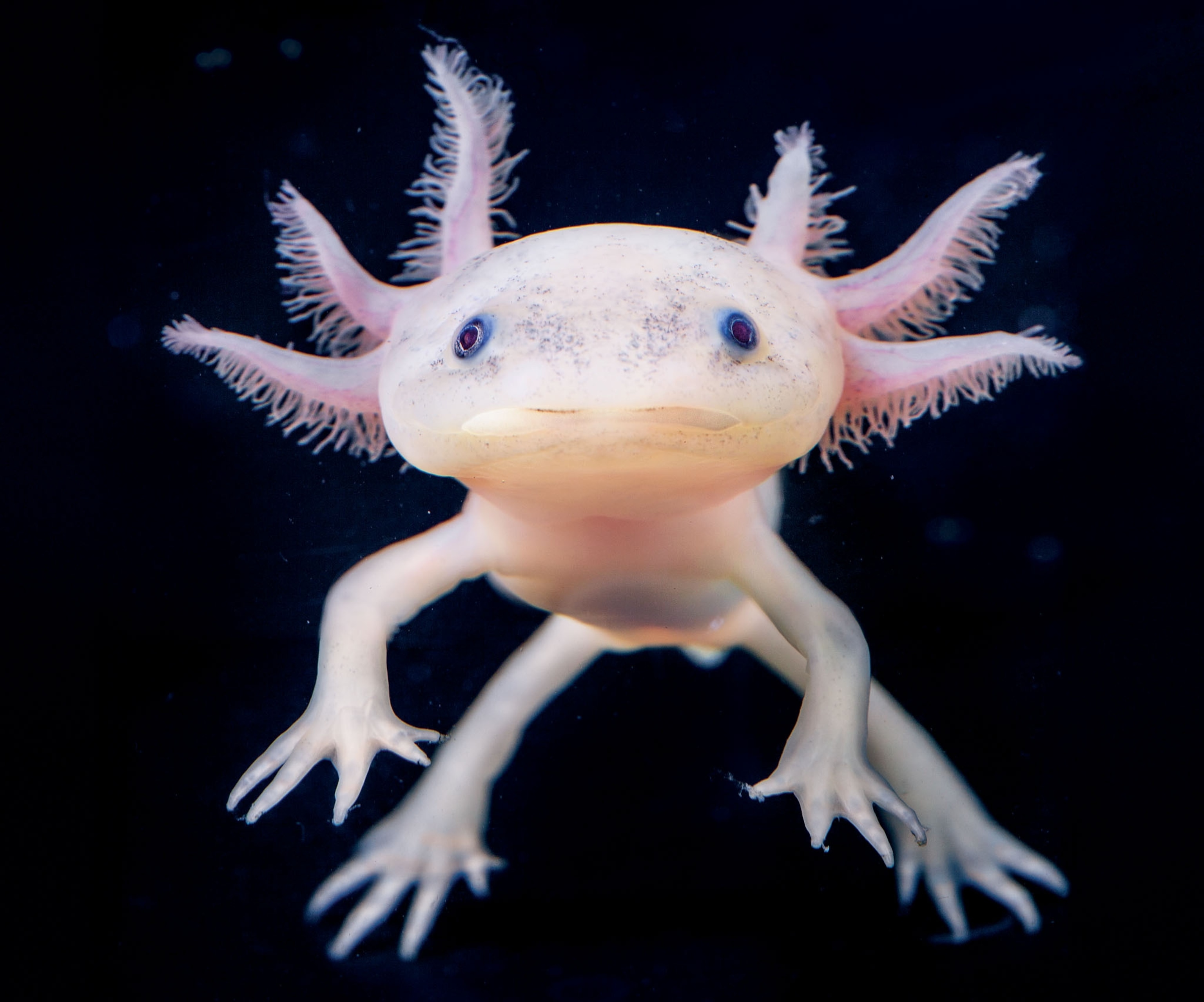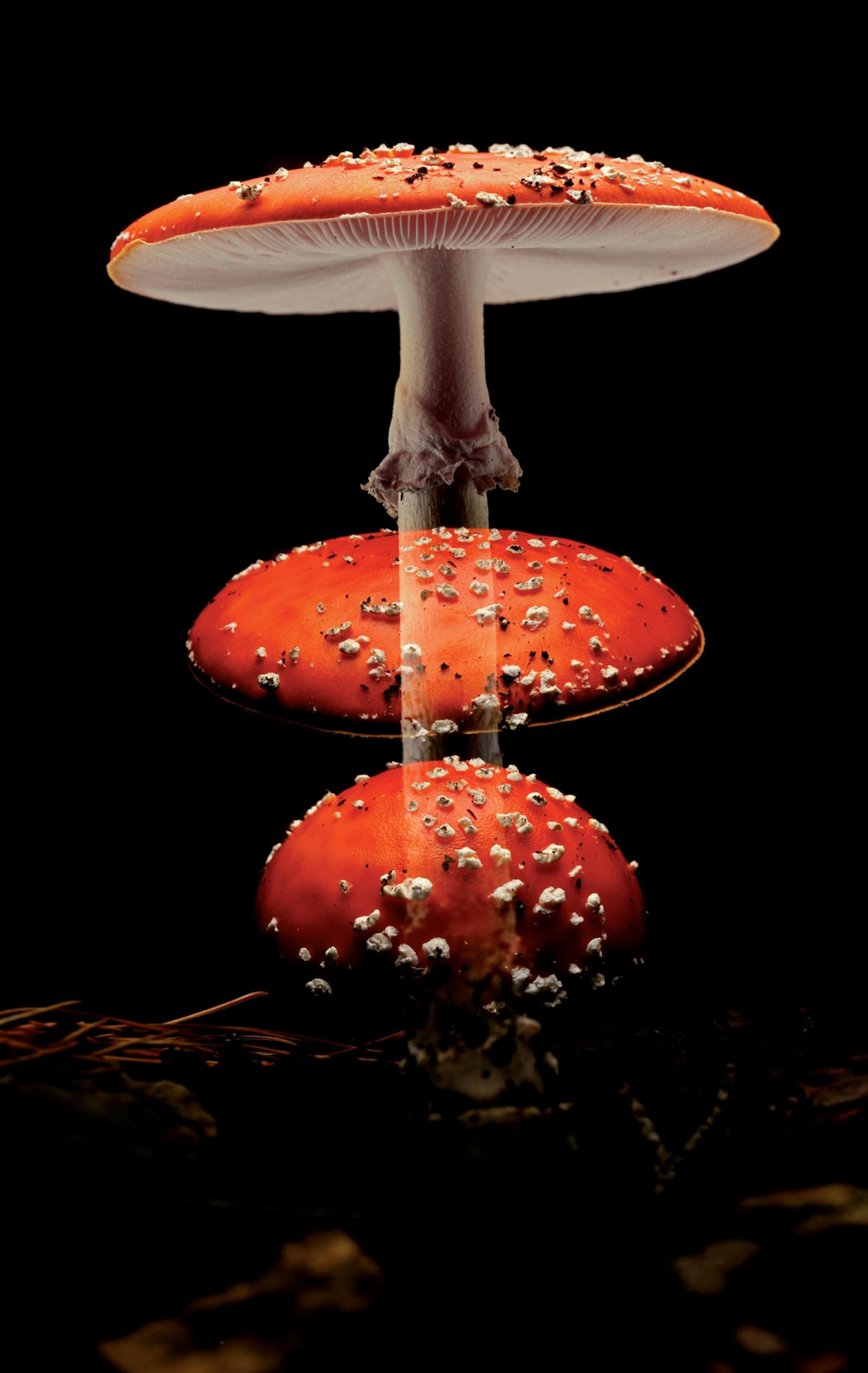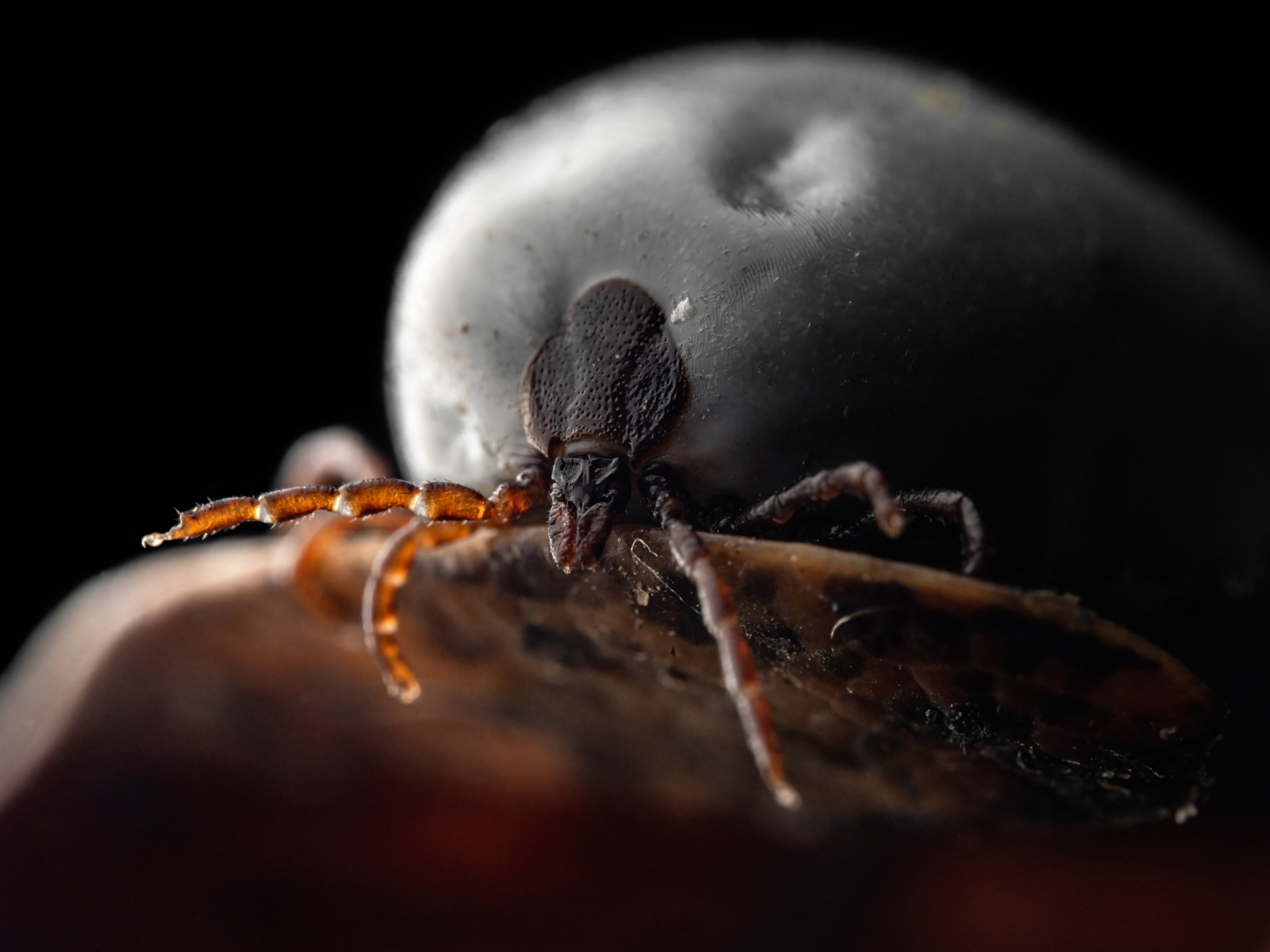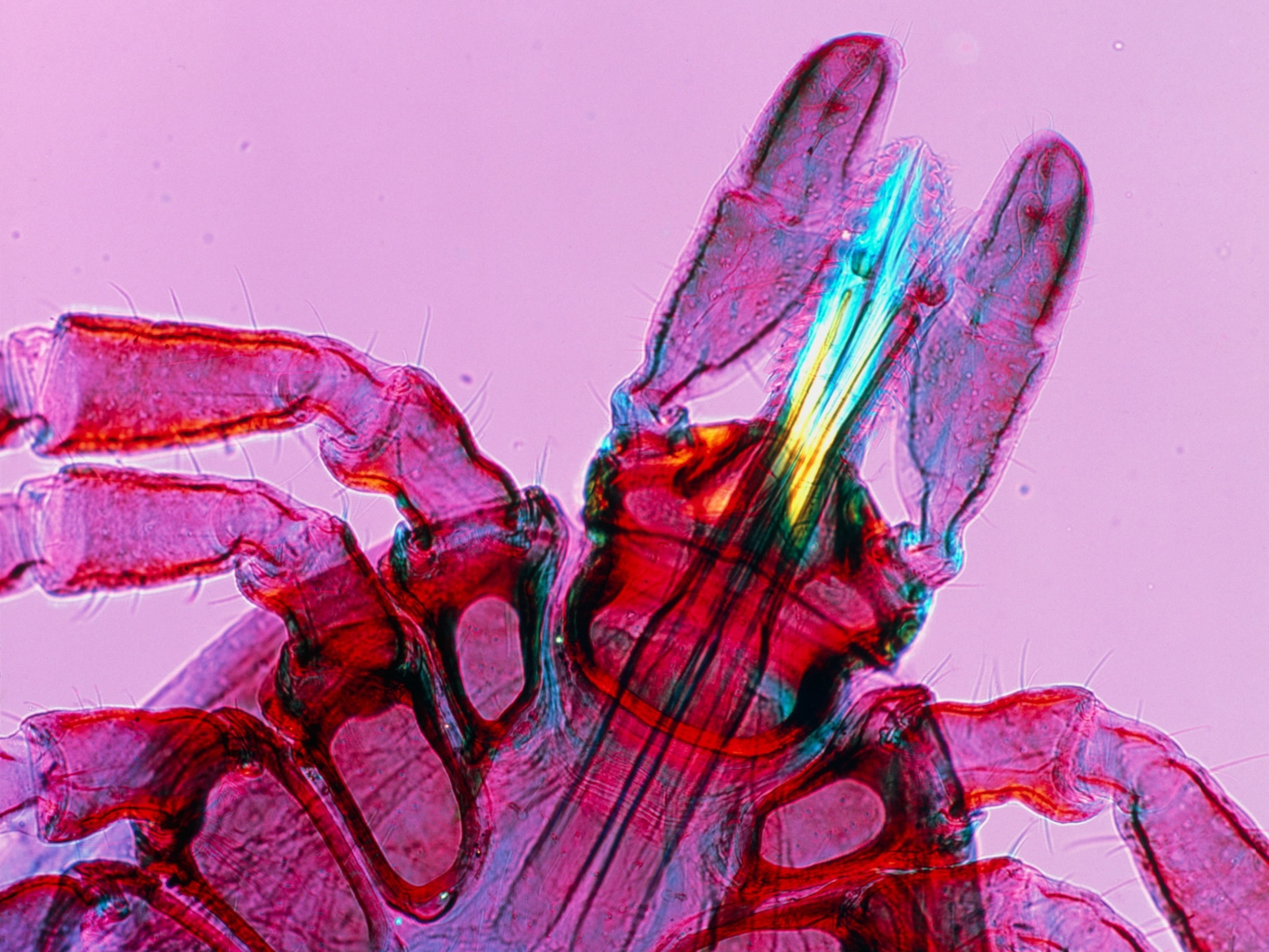
The Secret to Regrowing Limbs, and Other Breakthroughs
The axolotl's talent for regeneration gets scientists thinking; dino-era ticks bite; chillin' in a Mars Ice Home; and a mushroom blooms.
A creature that can repair and regenerate limbs and organs is helping scientists at the University of Minnesota understand why humans can’t do the same. The critically endangered axolotl—also known as the Mexican salamander—shares a type of cell, called a glial cell, with humans. If an axolotl hurts its spinal cord, its glial cells go to work to repair the nerve damage and fix the injury. The same cells in humans work to form scar tissue, which prevents nerve pathways from regenerating. Researchers hope that grasping the underlying process of how axolotls can regrow their bits will one day help us regrow ours. —Lori Cuthbert

Bloodsuckers Even Then
Here’s proof that ticks are truly prehistoric pests: When scientists found 99-million-year-old ticks entombed in Burmese amber, one (top left) was engorged with blood. Judging by a feather entangled with another of the arachnids (center), ticks may have preyed on feathered dinosaurs in the Cretaceous period. —Lori Cuthbert
How to Chill Out on the Red Planet
Settling on Mars? That radiation is a killer. To block harmful cosmic rays while letting light in, the protective habitat depicted below would use ice.
The plan: A shipment of Mars Ice Home components would land and begin to deploy. A circular array of cells would inflate and fill with water drawn from Martian resources. That would freeze into the radiation shield. Homes could be linked to form an expandable base.
NASA chose the project to be part of its 2019 MISSE-11 mission, which will test how well the home’s materials hold up by attaching them to the outside of the International Space Station. —Lori Cuthbert

Fast Fungi
This triple-exposure photograph shows a fly agaric blooming over the span of 36 hours. Mushrooms do all their growing underground. The fruit—the part we see—emerges fully formed, unfurling rapidly once it hits air. —Natasha Daly





